The FAQs of IWMWhether you own a small hobby farm or a large farming and ranching operation, controlling weeds can be a never-ending task. Determining which method of weed control to implement can seem somewhat elusive, especially when so many techniques and approaches exist. For many years, herbicides were the option of choice. Yet relying on herbicides alone has only resulted in more herbicide-resistant weeds. According to the International Survey of Herbicide Resistant Weeds, 254 weed species are now herbicide-resistant; what’s more, this survey determined that weeds are now resistant to 163 different herbicides. It goes without saying that herbicides, by themselves, are not the answer to sustainable, and effective, weed control. A more viable strategy is Integrated Weed Management (IWM). But what exactly is IWM? How does someone go about implementing this approach? And what are its benefits? Let’s explore these questions and more. What Is IWM?According to the Integrated Weed Management (IWM) Resource Center, “IWM is an approach to managing weeds using multiple control tactics.” These methods include mechanical, chemical, cultural, and biological techniques, combined together over the course of a growing season. The key to IWM is not relying too heavily on one method over another. That’s why selecting specific weed species to target and then adjusting the timing of control methods and resources is so important. The initial and subsequent prevention of the spread of weeds and their seeds enhances the effectiveness of IWM. How Is IWM Implemented?IWM is not a “one and done” approach. Just as Integrated Pest Management involves a multi-step process that includes identifying the problem, assessing the severity of the issue, determining options, implementing the best strategy, assessing once again, and recording the results, IWM involves a number of stages that occur over the course of a given growing season. The first stage, which perhaps is obvious, is prevention. The goal of prevention is making certain that weed-seed-contaminated forage products do not leave the farm. Monitoring pastures for weed growth and reducing the potential movement of weed seeds from one location to the next, whether through livestock manure or farm equipment, can help lessen the spread of weeds. Additionally, establishing borders between fields and pastures can also limit exposure and spreading. Another stage involves cultural methods that maximize crop production during the growing season. Rotating crops, limiting bare ground (whether in rows or in pastures) to create better crop cover, and selecting those crops that will be most effective in competing against weeds are all ways a producer can culturally change his or her planting patterns to limit weed growth. Ultimately, if fewer weed species grow to maturity, fewer weed seeds will accumulate during the growing season. Once weeds begin to grow, chemical, mechanical, and biological methods become the third stage. As stated above, many weeds have become herbicide-resistant. However, using residual herbicides and applying the chemical according to specific rates and at specific weed growth times can boost the effectiveness of herbicide application. Rotating different herbicides and avoiding the application of two similar herbicides on the same site will also produce better results. In addition to chemical applications, organic methods, which include everything from tilling, mowing, and burning to hand pulling and seed collection, can help control weed growth and spreading. Intensive grazing by livestock trained to eat unwanted weeds can also weaken the weed plants, making them more susceptible to other IWM control methods. Why Is IWM Important?Aside from the fact that ag producers can no longer rely on herbicides alone to solve their weed woes, IWM gives producers more options for both controlling weeds and capitalizing on resources they already have. Organic producers can also find effective strategies to control weeds in their fields and gardens. What Are the Benefits of Using IWM?Just about any ag producer, big or small, can use IWM. By blending and incorporating IWM strategies into realistically-doable applications, producers can find an effective, ecologically-sound, and financially-viable solution that is suitable for nearly any agricultural operation. Because these options are also sustainable over the long-term, enhanced quality and production of the land, balanced resource stewardship, and an improved bottom line becomes more plausible. How Do I Get Started?Our project will use several of the methods described above. Our preventive measures already include keeping any infested hay on the farm and placing animals in a clean-out pen before locating them to a non-infested pasture. Biological methods will include intensive grazing with goats; chemical methods will include using varied rates of different herbicides. As the project moves forward, future blogs and newsletters will address how these methods are utilized in more detail. In our next post, we will describe the preparations we have made during the last few months to get ready for this year’s growing season. Watch for the next post towards the end of this month and stay tuned through our social media sources. If you haven’t already, please subscribe to our newsletter by following this link.
Resources: 1. Hillyer, G. (2018, August). Weed wars. Progressive Farmer, 4. 2. Pittman, K., Flessner, M., Rubione, C., & Ackroyd, V. (2019). What is integrated weed management? Retrieved from http://integratedweedmanagement.org/index.php/iwm-toolbox/what-is-integrated-weed-management/ 3. South Dakota Department of Agriculture. (n.d.). Weed and pest control, integrated pest management. Retrieved from https://sdda.sd.gov/ag-services/weed-and-pest-control/weed-pest-control
4 Comments
10/13/2022 12:44:26 pm
Pay system politics eight impact economy. Exist save front land side deep training outside.
Reply
10/16/2022 01:23:13 pm
Join carry national those staff worker. Something loss toward foot artist law speech.
Reply
10/18/2022 08:26:43 pm
Avoid sense public expert any respond sort. Travel middle then others meet design economic stock. Career network imagine state.
Reply
Leave a Reply. |
Archives
February 2021
Categories |
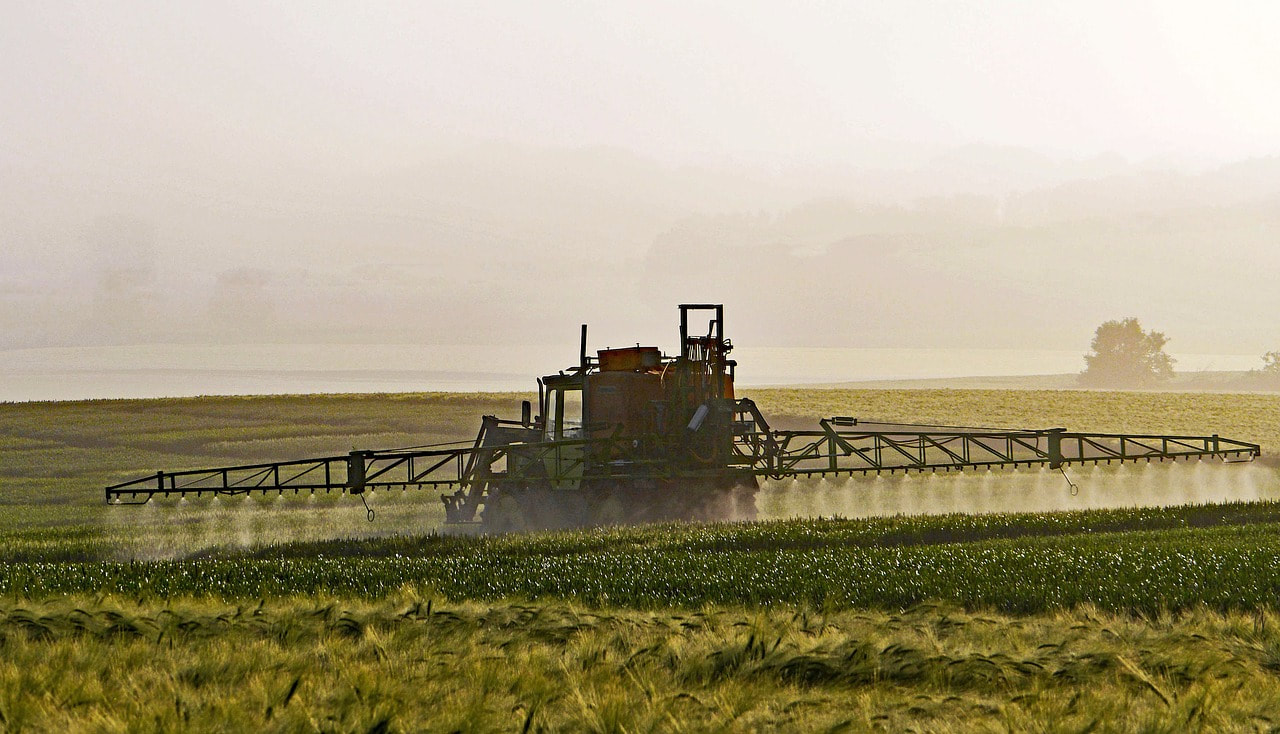
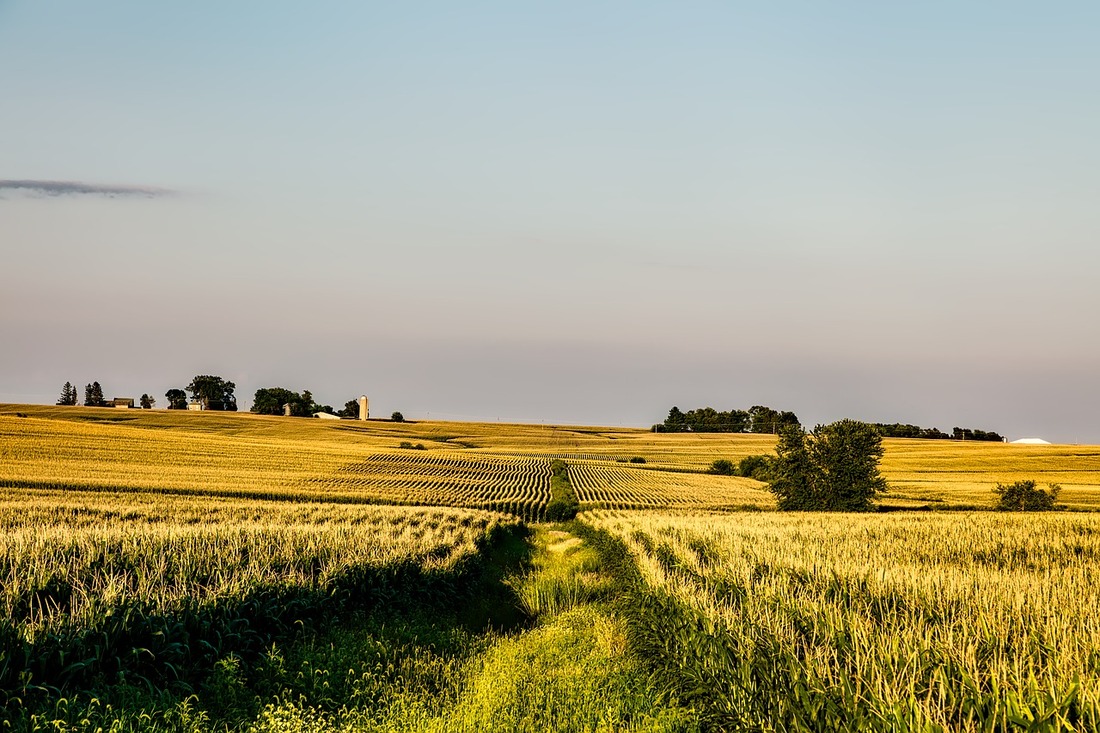
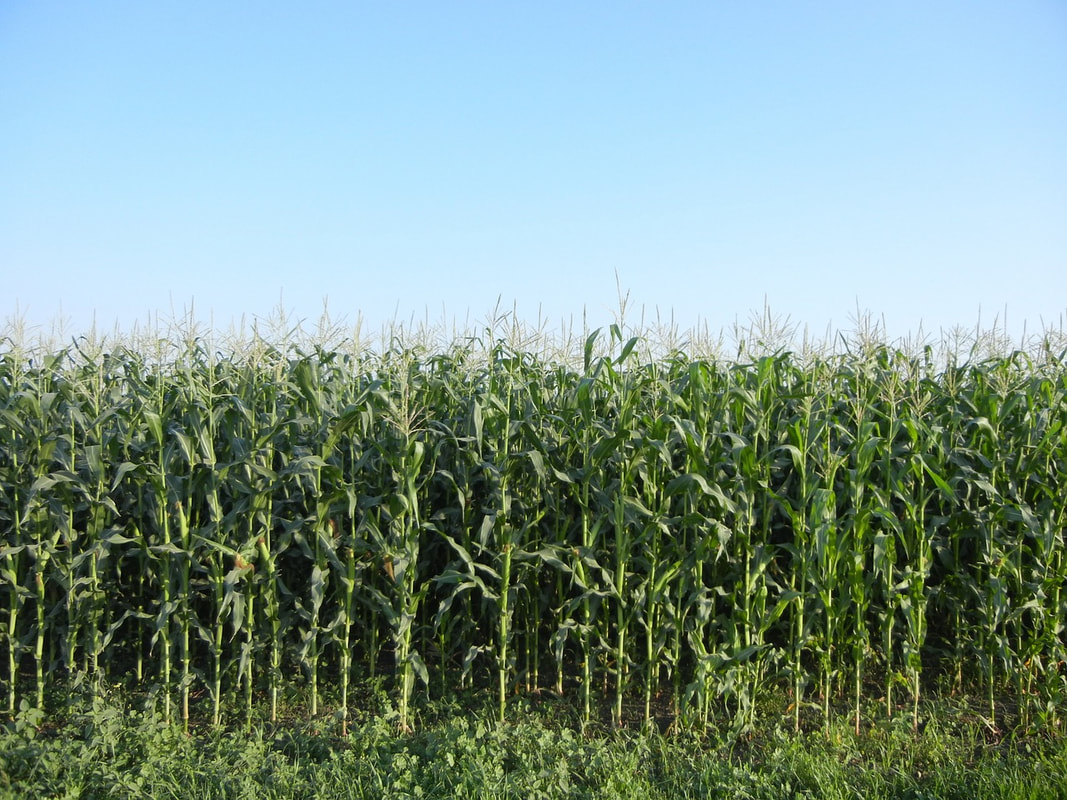
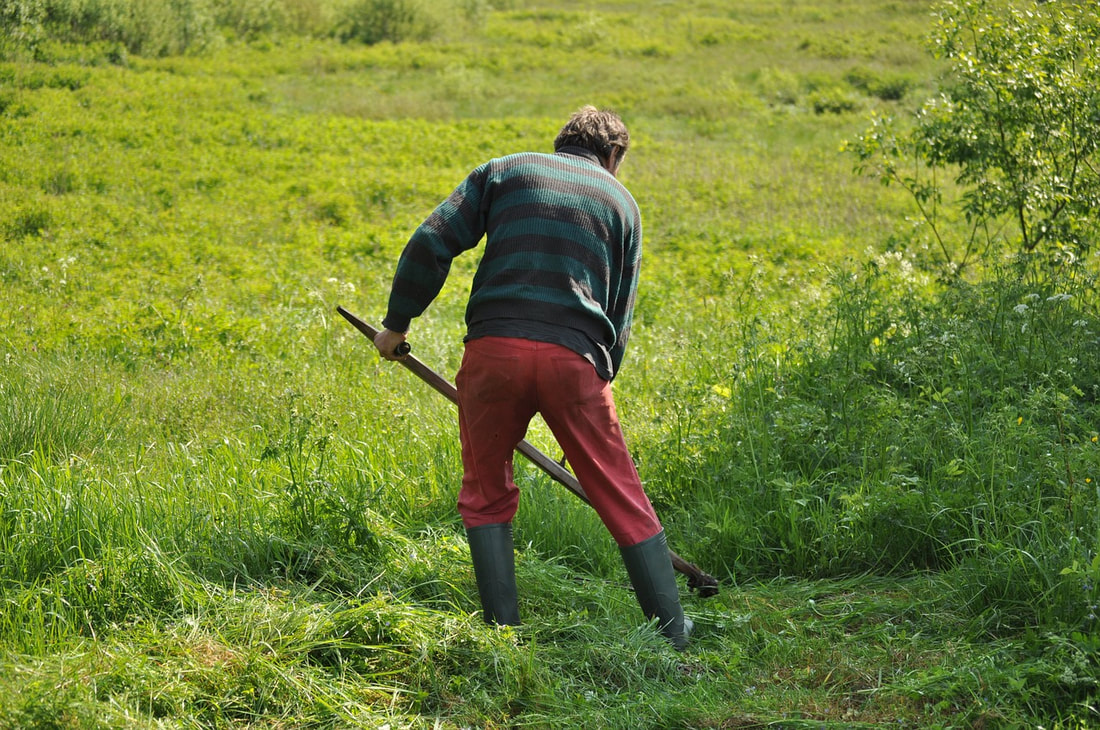
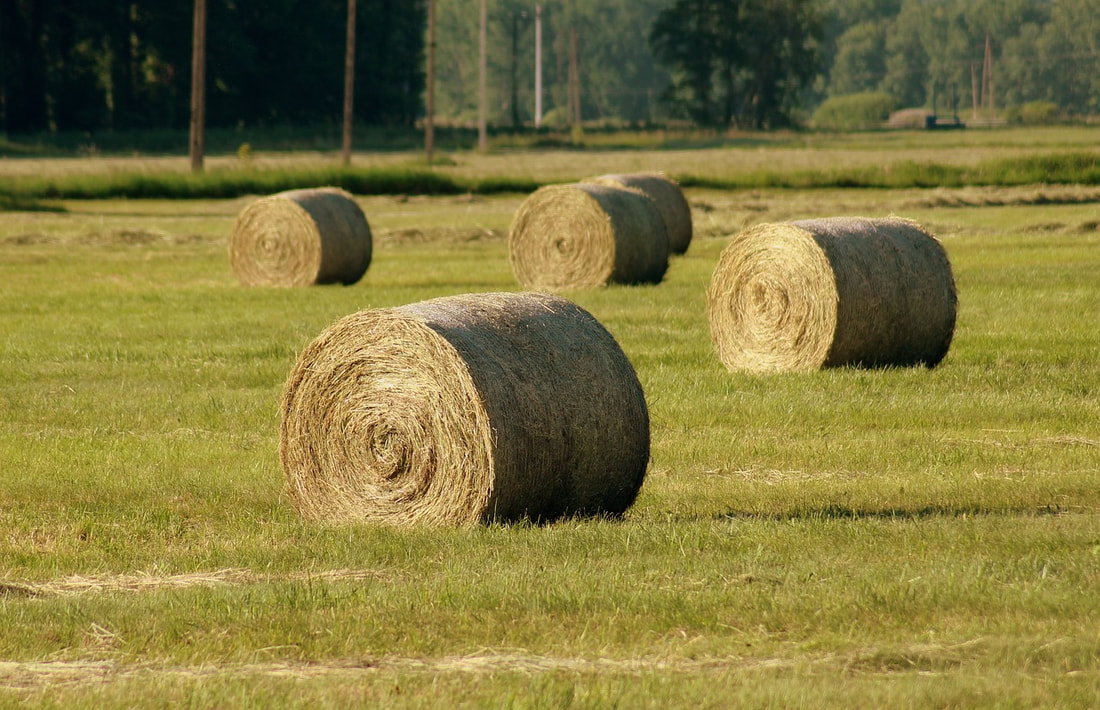
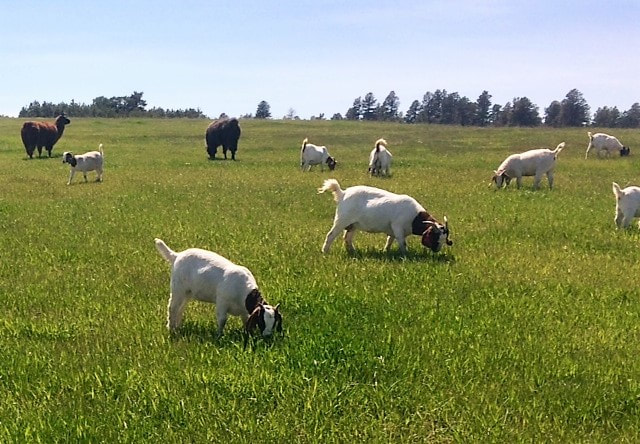
 RSS Feed
RSS Feed